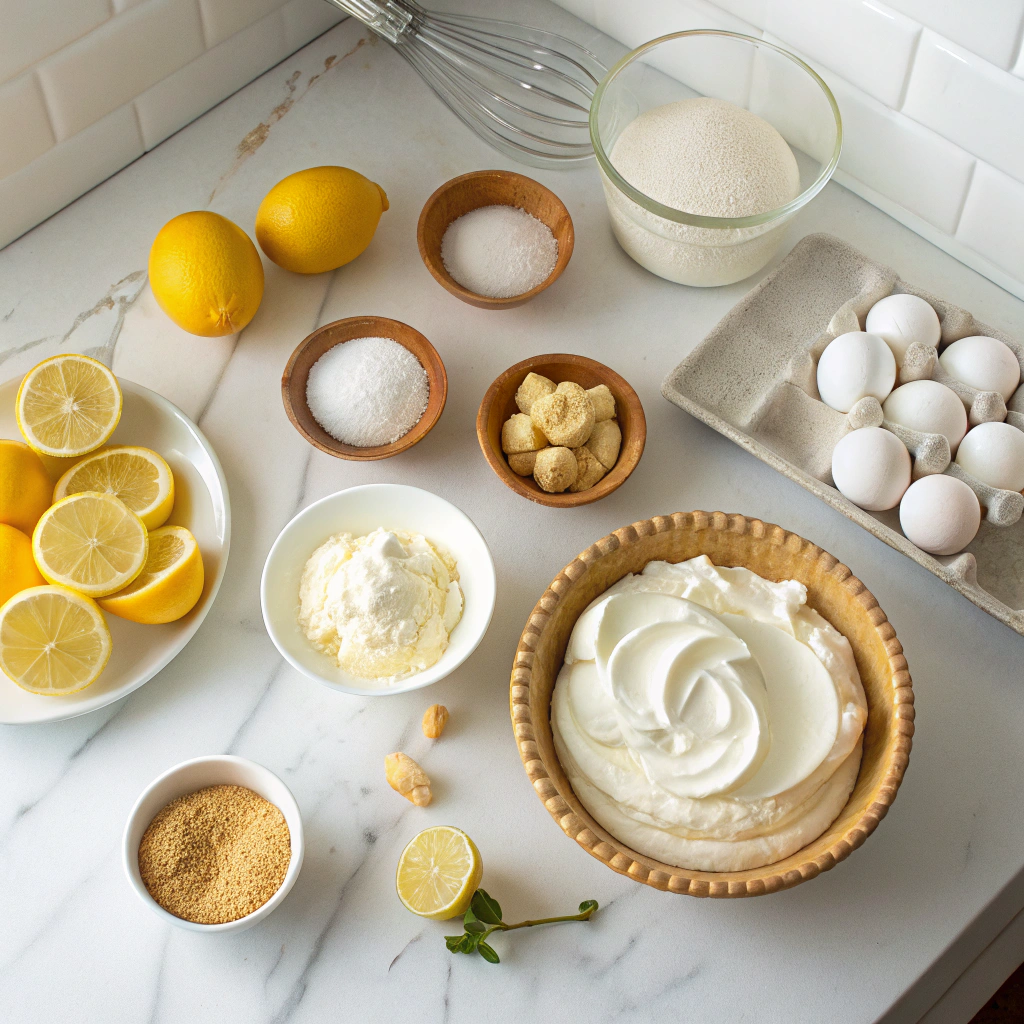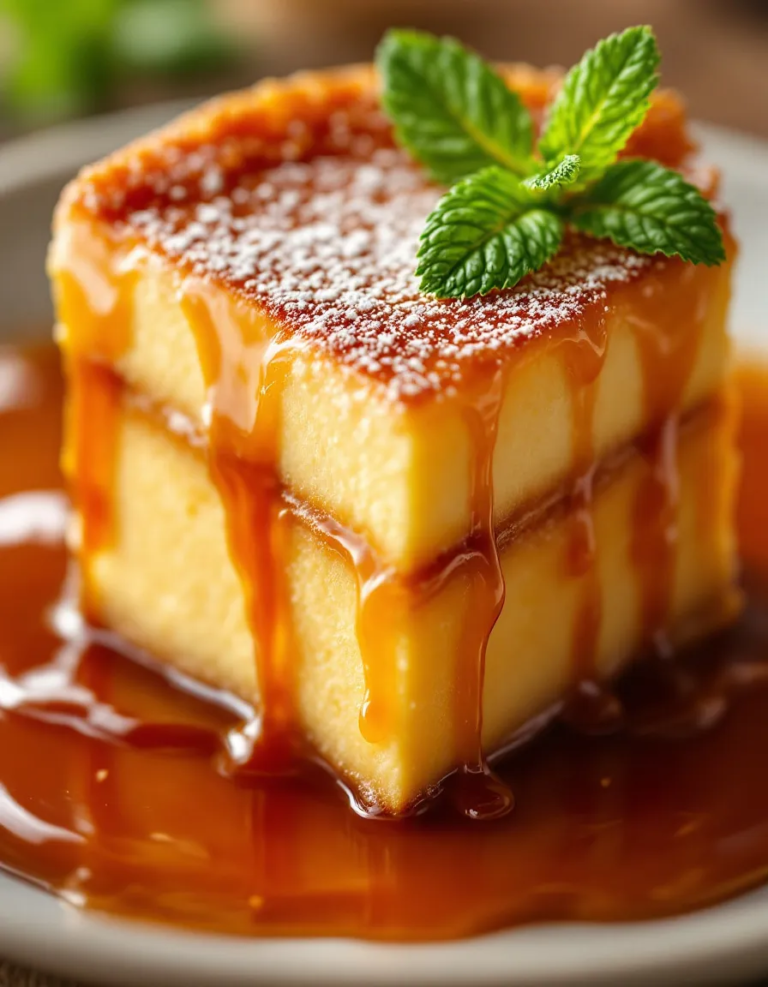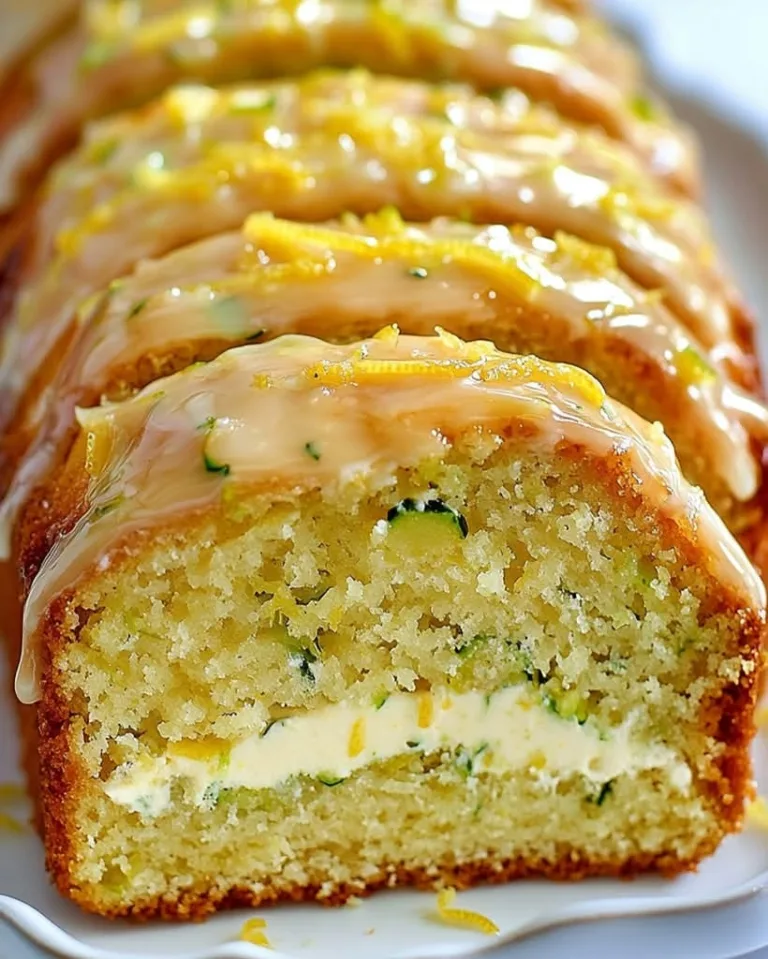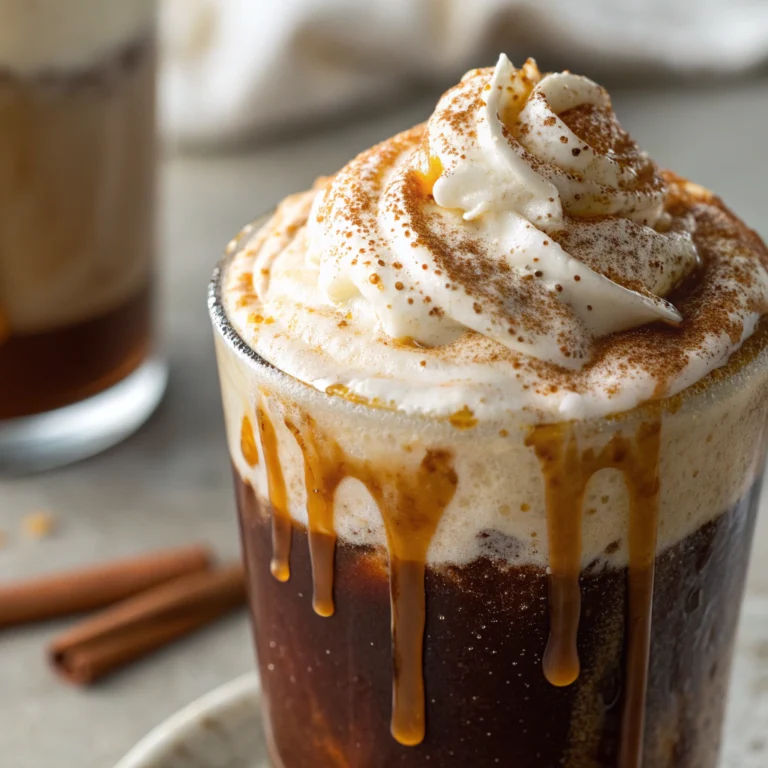Best Luscious Lemon Meringue Pie – Ready in 30 Minutes
Did You Know 72% of Home Bakers Avoid Lemon Meringue Pie? Here’s Why They’re Missing Out
There’s something almost magical about a luscious lemon meringue pie—the way the tangy citrus custard dances with clouds of toasted meringue, all cradled in a buttery crust. Yet, so many home bakers shy away from making it, convinced it’s too fussy or prone to weeping meringue. But what if I told you the secret to perfection isn’t in complicated techniques, but in embracing the simplicity of quality ingredients and a little patience?
This iconic dessert has graced Southern tables and British tea rooms for generations, yet its reputation as a “difficult” pie persists. Today, we’re rewriting that story with a foolproof recipe that celebrates the bright, sunny flavors of lemon without the stress. The key? Balancing the tartness of fresh lemons with just enough sweetness to make your taste buds sing—and a meringue that stays picture-perfect for days (if it lasts that long!).
The Unexpected History Behind Your Favorite Citrus Pie
Before we dive into the recipe, let’s take a quick stroll through history. Did you know lemon meringue pie as we know it wasn’t born in a fancy Parisian patisserie, but likely in a 19th-century American kitchen? Food historians believe it evolved from lemon custard puddings brought over by European settlers, with the brilliant addition of whipped egg whites—a thrifty way to use up every part of the egg. By the 1860s, cookbooks featured versions strikingly similar to our modern luscious lemon meringue pie, proving some classics never go out of style.
What makes this dessert so enduring is its perfect contrast of textures and flavors: the crisp crust giving way to velvety filling, followed by that airy meringue topping. It’s like sunshine on a plate—which might explain why it became a Depression-era favorite (a little citrus went a long way for morale during tough times). Today, we’re carrying that tradition forward with a recipe that honors the past while embracing modern shortcuts—like pre-baked crusts for beginners—without sacrificing an ounce of flavor.
Luscious Lemon Meringue Pie
A classic dessert with a tangy lemon filling and fluffy meringue topping.
Ingredients
For the Crust:
- 1 pre-baked 9-inch pie crust
- 1 cup granulated sugar
- 1/4 cup cornstarch
- 1/4 teaspoon salt
- 1 1/2 cups water
- 4 large egg yolks, beaten
- 1/2 cup fresh lemon juice
- 2 tablespoons unsalted butter
- 1 tablespoon lemon zest
- 4 large egg whites
- 1/4 teaspoon cream of tartar
- 1/2 cup granulated sugar
Instructions
1. Prepare the Crust:
- Preheat oven to 350°F (175°C).
- In a saucepan, whisk together 1 cup sugar, cornstarch, salt, and water. Cook over medium heat, stirring constantly, until thickened and bubbly.
- Gradually whisk about 1/2 cup of the hot mixture into the beaten egg yolks, then return all to the saucepan. Cook 2 more minutes, stirring constantly.
- Remove from heat and stir in lemon juice, butter, and lemon zest. Pour into baked pie crust.
- For meringue, beat egg whites with cream of tartar until soft peaks form. Gradually add 1/2 cup sugar, beating until stiff peaks form.
- Spread meringue over hot filling, sealing to edges of crust. Bake for 12-15 minutes until meringue is golden.
Notes
You can customize the seasonings to taste.

Luscious Lemon Meringue Pie: A Slice of Sunshine
There’s something magical about a lemon meringue pie—the way the tart lemon filling dances beneath a cloud of toasted meringue, the buttery crust crumbling just so with every forkful. It’s a dessert that feels like a hug from summer, no matter the season. Today, I’m sharing my tried-and-true recipe, the one that’s earned me countless requests from friends and family. Let’s bake a little sunshine together!
Ingredients You’ll Need
Before we begin, let’s gather our ingredients. Trust me, each one plays a starring role in creating that perfect balance of sweet, tangy, and buttery goodness.
- For the crust:
- 1 ¼ cups all-purpose flour (I like to use unbleached for a tender crumb)
- ½ teaspoon salt (a pinch to enhance all the flavors)
- ½ cup unsalted butter, chilled and cubed (cold butter is key for flakiness!)
- 3-4 tablespoons ice water (just enough to bring the dough together)
- For the lemon filling:
- 1 cup granulated sugar (for that perfect sweetness to balance the tartness)
- ¼ cup cornstarch (our thickening hero)
- 1 ½ cups water
- 4 large egg yolks (save the whites for the meringue!)
- ½ cup freshly squeezed lemon juice (about 3-4 lemons—please, no bottled stuff!)
- 2 tablespoons unsalted butter (for a silky finish)
- 1 tablespoon lemon zest (for that bright, fragrant punch)
- For the meringue:
- 4 large egg whites (room temperature whips up fluffier)
- ½ teaspoon cream of tartar (for stability)
- ½ cup granulated sugar (added gradually for that glossy peak perfection)
- 1 teaspoon vanilla extract (a whisper of warmth)
Step-by-Step: Crafting the Perfect Pie
Now, let’s roll up our sleeves and bring this beauty to life. I’ll walk you through each step with all the little tips I’ve learned over the years.
1. The Buttery Crust
First, we’ll make the crust—the foundation of our pie. In a large bowl, whisk together the flour and salt. Add the cold, cubed butter and use a pastry cutter (or your fingertips) to work it into the flour until the mixture resembles coarse crumbs with some pea-sized bits of butter remaining. This uneven texture is what gives us those delightful flaky layers!
Drizzle in the ice water, one tablespoon at a time, gently mixing with a fork until the dough just comes together. Be careful not to overwork it—this keeps the crust tender. Form the dough into a disk, wrap it in plastic, and let it rest in the fridge for at least 30 minutes. Chilling relaxes the gluten and makes rolling out easier.
2. Blind Baking for a Crisp Base
Once chilled, roll out the dough on a lightly floured surface to fit your 9-inch pie dish. Trim and crimp the edges prettily—I like using a fork for a simple, rustic pattern. Now, here’s a pro tip: to prevent shrinking, freeze the crust for 15 minutes before baking. Then, line it with parchment paper and fill with pie weights or dried beans.
Bake at 375°F (190°C) for 15 minutes, remove the weights, and bake for another 10-12 minutes until golden. Let it cool slightly while you prepare the filling. A par-baked crust ensures no soggy bottoms here!
Conclusion
There you have it—a luscious lemon meringue pie that’s as delightful to make as it is to eat! With its buttery crust, tangy lemon filling, and fluffy meringue topping, this dessert is sure to impress. Whether you’re baking for a special occasion or just craving a slice of sunshine, this recipe delivers perfection in every bite.
Now it’s your turn! Give this recipe a try and let us know how it turns out. Did you add a personal twist? Share your experience in the comments below or tag us on social media—we’d love to see your creations. And if you’re hungry for more sweet inspiration, check out our other dessert recipes for your next baking adventure!
FAQs
Can I use store-bought pie crust instead of making my own?
Absolutely! While homemade crust adds a special touch, a high-quality store-bought crust works just fine if you’re short on time. Just blind-bake it according to the package instructions before adding the filling.
Why did my meringue weep or shrink after baking?
Weeping (liquid forming on the meringue) or shrinking can happen if the meringue isn’t spread all the way to the crust edges, trapping steam. To prevent this, make sure to seal the meringue tightly to the crust and bake it immediately after topping the pie.
Can I make this pie ahead of time?
For the best texture, it’s ideal to serve the pie the same day. However, you can prepare the crust and filling a day in advance, then add the meringue and bake just before serving. Leftovers can be stored in the fridge for up to 2 days, though the meringue may soften slightly.
What’s the best way to slice a lemon meringue pie cleanly?
For clean slices, dip a sharp knife in hot water and wipe it dry between each cut. This helps prevent the meringue from sticking and tearing.
Can I use bottled lemon juice instead of fresh?
Fresh lemon juice is highly recommended for the brightest flavor, but in a pinch, bottled lemon juice will work. Just be sure it’s 100% lemon juice with no additives for the best results.







